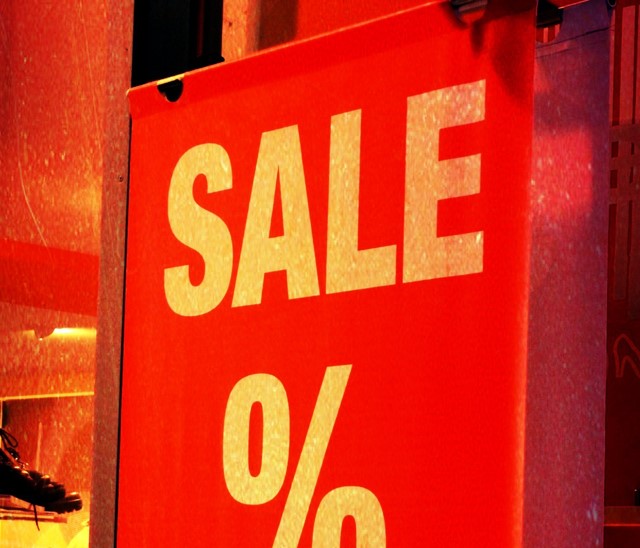According to Tradiv, a cannabis trading platform based in Boulder, wholesale cannabis prices have fallen from approximately $2,500 per pound in October of 2015 to around $1,500 per pound in August of this year.
In the beginning of Colorados legal market, companies didnt know what to expect in terms of demand or supply but one things was for sure, it was growing quickly. The price point was high, in part a reflection of the novelty of legal cannabis and pent up demand. Now almost three years old, the market is beginning to stabilize, but consumers should expect a few more tremors as the foundation of the market shifts and settles into place.
The problem was that that growth was not projectable nor was it understood, says Mike Bologna of Green Lion Partners, a strategic development firm for the cannabis industry. Nearly three years later, the state is still experiencing growth – the last three months are the highest retail sales on record to date – but the rate of growth is beginning to slow, but as it does it also becomes more predictable.
Some of this stabilization is due to the regulatory frameworks designed to slow and control growth, like Denvers moratorium on new licenses or stringent limitations on new businesses in Boulder.
But one regulatory change actually encouraged growth in the market by removing the state level requirement for cannabis businesses to be vertically integrated.
In October of 2014, for the first time since legalization, retail businesses could be separately owned from their cultivator counterparts, not only lowering barriers to entry for prospective industry players, but opening the door for cannabis to be traded more like other agricultural commodities.
Change was not immediate – it took awhile for new cultivators to come online as they awaited licensure and acquired the property and equipment to launch their grow operations. Once they started, it took approximately 20 weeks for the product to be ready for market. It wasnt until 2016 that these new growers entered the market and started ramping up to full production.
Suddenly, with so many cultivators coming online all at once, there was a surplus of high quality cannabis available on the market, for the first time outstripping the recently stabilized growth of retail cannabis consumers.
For many wholesale cultivation facilities built on the $2,000/lbs. price point, the 40 percent drop is as dangerous as it is severe.
What is going to happen – and it is already starting – is that some cultivators are going out of business and that will continue until such a time that supply comes back into equilibrium, says Andy Williams, CEO of Medicine Man, a vertically integrated cannabis cultivator and retailer in Denver.
Williams suspects that this will have a chain reaction that ripples through various segments of the industry. Soon, production and prices will return to pre-surplus levels. Retailers that depend on wholesale product will see their costs creep back up and might be undersold by vertically integrated retailers that can produce their flower at a lower cost than the wholesale market. Williams believes that there will be consolidation on the retail side, too.
Taking this long-term view, Colorados cannabis industry will inevitably become an oligopoly. Those that survive the pricing fluctuations will in large part be vertically integrated businesses, putting the bigger players in a position to assume greater market share through consolidation.
Such theories are not new for insider strategists in the cannabis industry who have long predicted the market will eventually become concentrated with a few big players able to take market share by cutting expenses and ultimately retail prices.
Cultivators need to realize that at its base cannabis is an agricultural product, Bologna says. Over the course of the next few years, cannabis will be looked at like soybeans and cotton and corn – commodities that need to be controlled and produced efficiently in order to have a predictable market.
For now, the drop in wholesale price is not making a big impact on consumer prices, which are holding steady at around $16 per gram. But Williams says consumers will likely see more frequent sales on top shelf flower, especially if they shop at larger retailers.
As these prices drop, retailers are competing more and more with the black market, so this price drop has an interesting market expansion aspect to it, too, Bologna says. As consumer interest in going to the black market wanes, that market will fall off, which is a direct benefit to society and a major goal of legalization to begin with.

News Moderator: Katelyn Baker
Full Article: Wholesale Cannabis Price Drops 40 Percent
Author: Sarah Haas
Contact: (303) 494-5511
Photo Credit: None Found
Website: Boulder Weekly





